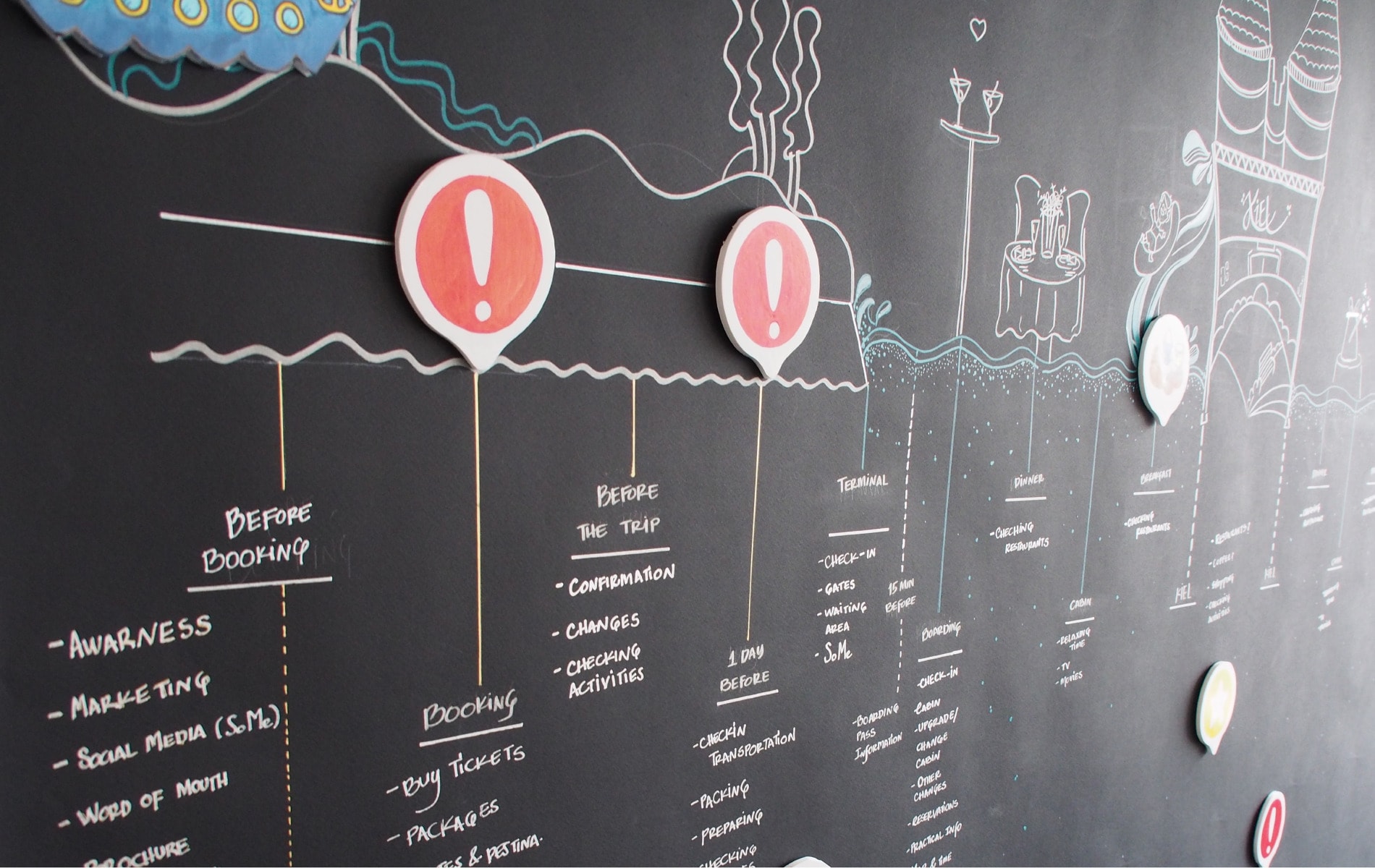In today’s competitive marketplace, delivering exceptional customer experience (CX) has become crucial for businesses looking to stand out and retain customers. While some organisations have already developed a CX strategy, the challenge lies in effectively implementing this strategy and ensuring cross-functional collaboration. Customer Journey Operations (CJO) offers a holistic method of implementing an existing CX strategy across the entire organisation, fostering cooperation and aligning all departments towards a unified goal. This article will discuss how CJO can help organisations implement CX strategy across the organisation and transform into customer-centric entities.
What is Customer Journey Ops?
Customer Journey Operations (CJO) is a comprehensive approach to implementing a customer experience strategy, which involves aligning all departments and functions within an organisation to work cohesively and collaboratively via customer journeys. CJO focuses on understanding and optimising customer journeys, fostering cross-functional collaboration, and integrating customer insights and business metrics into decision-making.
Breaking the organisational siloes
One of the key aspects of CJO as a holistic approach is its emphasis on collaboration between various departments within an organisation, such as marketing, sales, customer service, and product development. By aligning cross-functional teams with a shared understanding of the customer journey, pain points, unserved needs, and CX objectives, organisations can work together to make necessary improvements across touchpoints. This ensures that every department contributes to customer experience development in line with the established strategy and vision.
Implementing and prioritising improvements based on the CX strategy
With a clear understanding of the customer journey and the insights gathered during the strategy development phase, organisations can prioritise touchpoints and identify opportunities for improvement. By focusing on high-impact touchpoints and addressing areas of improvement, companies can ensure they are allocating resources effectively and driving meaningful changes in their CX across the entire organisation. Modern customer journey platforms, like TheyDo, integrate cx and business metrics, and development backlog into the journeys. This enables organisations to see how their customer experience evolves daily and whether strategic initiatives make the anticipated impact.
Introducing two key roles for successful CJO implementation
Customer Journey Operations require support from the organisational structure. We have identified two new roles for the successful implementation of CJO. The first role is the Customer Journey Coordinator, whose responsibility is to orchestrate the company-level transformation to customer journey operations and ensure that customer journeys are formed and used consistently. The second role is the Customer Journey Owner, who manages the strategic vision of a customer journey, coordinates cross-functional optimisation efforts and continuously evaluates the quality of the customer-journey experience. Typically, there are multiple Customer Journey Owners within a company, and this role can often be integrated into existing positions, such as product owners, with a new job description.
Integrating CJO into organisational culture and processes
For a holistic implementation of the existing CX strategy, it is essential to embed CJO principles into the organisation’s culture and processes. This can be achieved through regular training, workshops, and communication, emphasising the importance of understanding and optimising the customer journey based on customer insights and business metrics. By making CJO an integral part of the organisation’s DNA, businesses can ensure that every employee has a customer-centric mindset and understands what the organisation aims to achieve.
Continuous improvement and adaptation
Organisations must adopt an iterative approach to their CJO efforts, continuously analysing and optimising their customer journey to stay ahead of evolving customer preferences, behaviours, and expectations. Regular audits and reviews of the organisation’s work are part of the Customer Journey Coordinator’s role and are essential in ensuring successful implementation.
Measuring success and quantifying the impact of CJO
To assess the effectiveness of CJO as a holistic CX implementation strategy, organisations must establish key performance indicators (KPIs) that align with their business objectives. These may include customer satisfaction, net promoter scores, customer churn, and conversion rates. By monitoring these KPIs, businesses can quantify the impact of their CJO efforts, track progress, and adjust their strategies accordingly. According to the study conducted by TheyDo, companies with a customer journey management program enjoy 37,4% annual growth in customer satisfaction compared to 0,8% of others.
Conclusion
Customer Journey Operations provide a holistic approach to implementing an existing customer experience strategy, ensuring that every aspect of the customer journey is addressed across the entire organisation. By fostering cross-functional collaboration, continuous improvement, and a deep understanding of the customer journey, businesses can deliver meaningful customer experiences that drive loyalty, satisfaction, and long-term success, aligning with their established CX vision and strategy.
If you want to learn more about the topic and discuss it with colleagues from other fields of business, register for out peer-to-peer meetup!



